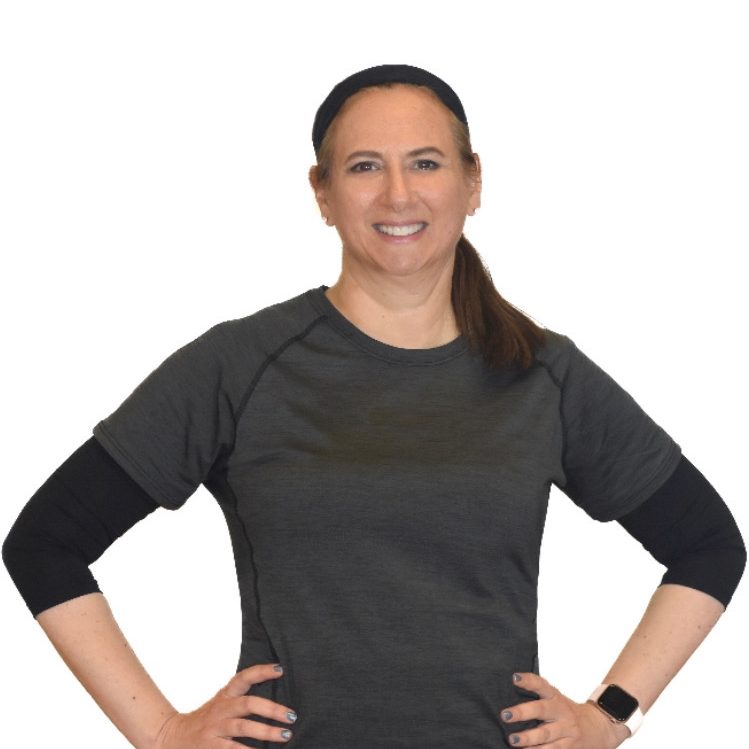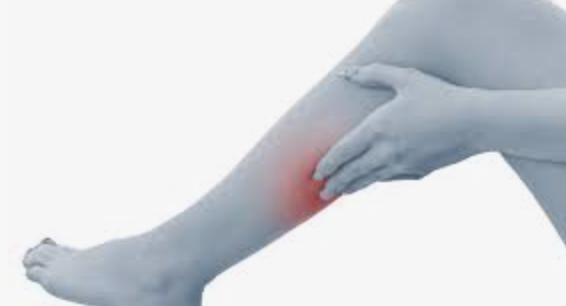
At the end of June, I found myself like many of you, questioning what the social unrest and the pandemic and the political upheaval and the economic downturn and the change in our lifestyle meant for what was truly meaningful and sustainable given our new reality? Where did my business and my future fit into all of this? What was my purpose..And…where was my unemployment check?
The bucket list…
Whenever I have an existential crisis, I turn to my “bucket list” – that list of things I revisit usually on or before High Holidays of things that I would regret not having accomplished if, heaven forbid, I were to kick the bucket and die. As morbid as that sounds, I think having and maintaining a bucket list is something that can provide uplifting motivation to keep on living when things get rough or help you reassess where you are spending your efforts when it seems you may have gone off track and need to reset your inner compass. On that list for over 10 years has been my dream to complete a 200 hour yoga teacher training at YogaWorks.
But don’t you already teach yoga?…
Since I already teach yoga and have been certified to teach yoga for a while now, you may be wondering why I still had this on my list. Let me explain in terms my Jewish orthodox sisters may understand. Not everyone who attends seminary wants to be a teacher or Rebbetzin, but some do and for those that do, it can be a very important step. Everyone who attends wants to grow socially, spiritually, textually, or develop a comfort level with themselves and with the material so that their lifelong experience is forever enriched. They want to be among those who know rather than those who do not know, and have the ability to use the skills obtained to enable themselves learn whatever they do not yet know. Similarly, many people take a yoga teacher training in order to grow in their own practice, to become independent learners and to bring a higher level of knowledge to inform everything they do going forward. In addition, the 200 hour yoga teacher training has become a standard like a bachelor’s degree of sorts in the yoga world and different schools teach the curriculum with their own flavor to people who want to become yoga teachers.
What difference does it make where you train?…
Yogaworks has been offering teacher training for over 30 years and has produced some of the worlds most loved and renowned instructors of our time. They have a system that works like a formula; and gosh, I love the reliability of a formula. Yogaworks is a blend of the athletic fast paced Ashtanga vinyasa-flow style and the precision-alignment centered Iyengar style. It is known for having a thorough anatomy based approach to sequencing a class in a safe and effective manner (which makes so much sense coming from a personal training background that focuses upon alignment and working around injuries). It also touches upon the spiritual basis for yoga without being particularly “woo-woo” (some other programs put more emphasis on certain Hindu texts or history or Ayurveda or other spiritual practices outside of the Asana/physical practices). The trauma-informed yoga teacher training (which I completed in summer of 2019) focused on interoception- feelings inside the body -moreso than alignment of the outer body. The Yogaworks training is the perfect yang to that yin – a counterbalance to round out my approach.
What also was important to me about getting the 200 hour certification besides enriching my own understanding of the practice, recharging my own batteries, and being able to confidently reach more advanced yoga students with trauma-informed practices (beginners is my comfort zone) is that it is also a prerequisite for many of the advanced trauma-informed continuing education courses that interest me. Bringing my own flavor of trauma-informed yoga to women is something that I feel called to do.
So why didn’t you do this a long time ago?….
There have been some significant barriers to obtaining this 200 hour training which is why I have not done it until now. Some of these Barriers included: Time. 200 hours is a lot of time- away from work and away from my family, and Cost. Typically these trainings occur over 6 months or a year or in an exotic location and almost always include weekends-which does not work for my own religious practice and it doesn’t work for my family. Seriously, it is a miracle to find any type of yoga alliance (An independent agency for keeping some sort of standards on yoga teacher trainings and certifications world-wide) compliant training that does not interfere with Shabbat. I was only able to find a couple in the last 10 years that might have worked. Furthermore these trainings cost $3,000+ not including travel, food, books etc. Finally, 200 hours is a lot of time to spend learning with a particular teacher/s so finding someone’s whose voice and style doesn’t become irritating and whose philosophy and teaching style is one you would emulate is really important because at least initially, after all that time training with them, students tend to come out of the program sounding a lot like that teacher/s.
#SaferAtHome….
Then along came #SaferAtHome.Yogaworks offered an online 200 hour intensive format where you could complete the 200 hours in 6 weeks and the teachers were fabulous and also some were trauma-informed and the timing was perfect. Furthermore, being online live and interactive it was geared toward the kind of training I see myself doing. (Physical assists generally are not used in trauama-informed yoga and virtual training involves a set of skills verbal etc. which is different than in-person.) Summer is usually slower for me and it was a good time to take a step away and it worked for my family… and I was offered a partial scholarship which made it affordable. Two days before the program began, I signed up. I took the advice of those who had taken the intensive format before me and canceled all of my classes and groups. (This training pushed me to my mental, physical and emotional limits and despite my initial thinking that I would continue classes it just wasn’t possible. It was a very demanding and comprehensive program- as demanding as any of my graduate school courses.)
More Bendy Isn’t More Better?….
In addition to some very useful instruction for ideal alignment in yoga poses and how to progress them effectively and safely, I learned some surprising things which will benefit all of my clients, not just the yogis. One is that more bendy isn’t necessarily better. Some very flexible clients are more prone to hyperextension injuries and need to learn more strength and stabilization. I have already begun using those tools with some clients. We also learned about how yoga can be used to relieve back pain and headaches- two complaints I hear about frequently among clients. Most surprisingly the “woo-woo” aspects of Yoga- AKA the philosophical aspects of yoga do not contradict my religious practices and actually enhanced the tools I have to help clients with anxiety and depression or simply getting off the couch.
The timing could not be more serendipitous. This pandemic has at some point exceeded nearly everyone’s ability to cope. Maybe it left you feeling hopeless or helpless. If so, yoga and specifically the tools and techniques I hope to share are something you need now and can benefit from. The skills I learned this past summer will infuse all of my training in every format and help all of my clients gain more peace, stability, flexibility, support and more emotional equilibrium. I cannot wait to share what I have learned with you.
Sounds good but..Does this mean prices are going up?
Right now, no. I am leaving my prices as they have been. On average in Los Angeles, instructors who have only their 200 hour Yoga teacher certification (without any other credentials like personal training, group fitness, TRX, pre/postnatal, women’s fitness specializations etc.) charge $100/hour for private yoga sessions. I charge $70 for an hour private whether its yoga, personal training, kickboxing, TRX or otherwise and even less if you purchase a block or package of private sessions. Considering that I have not increased my fees in a very long time and there are additional expenses required to maintain this new certification and there are only so many sessions possible in a day, it is very likely my prices will increase in the near future. If you are considering purchasing a package of private sessions, do not wait! Yes you can stock up before the increase.
Thank you for your loyalty, friendship and patiently waiting for me to come back from this extended unexpected but very meaningful time off.

 Why Do I Get Muscle Cramps When Exercising and What Can I do about it?
Why Do I Get Muscle Cramps When Exercising and What Can I do about it?